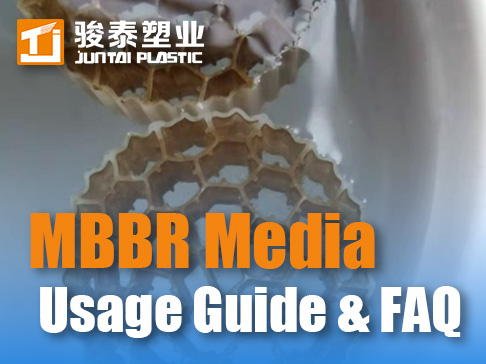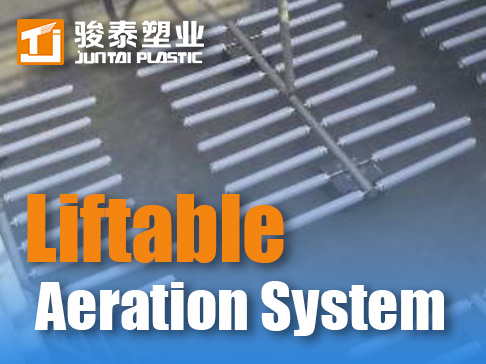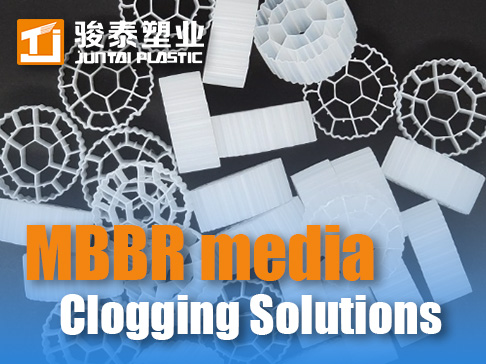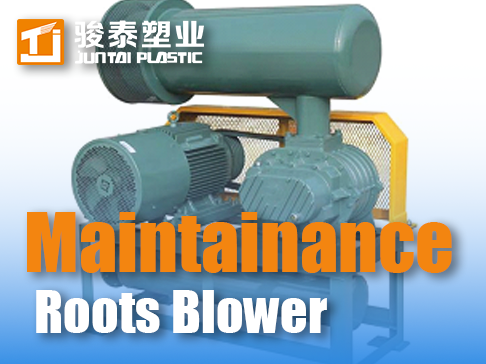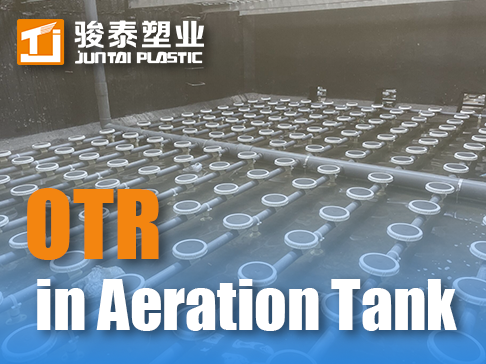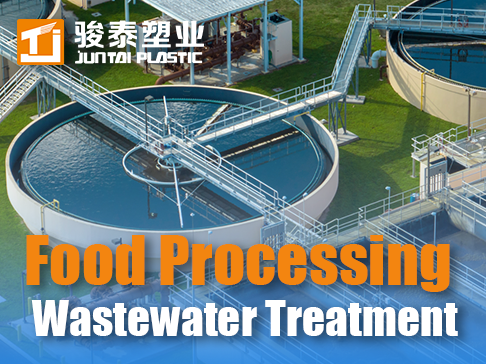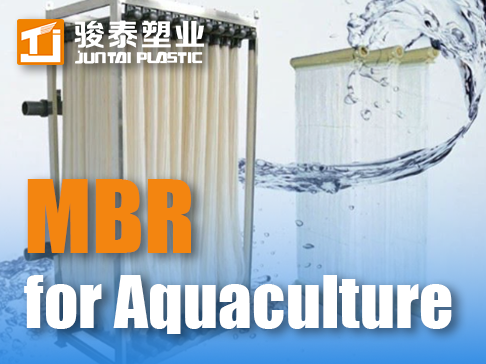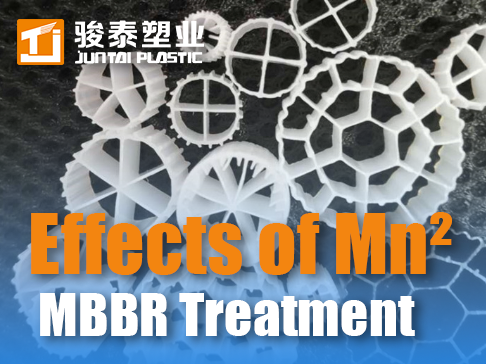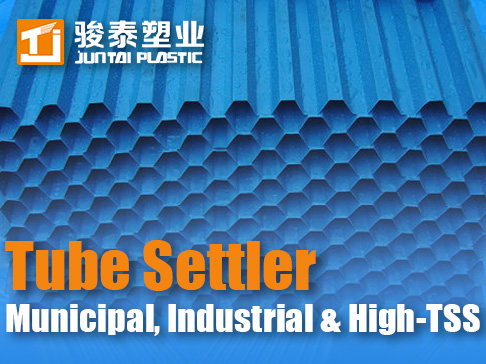 +86 13600513715
+86 13600513715 Fine Bubble Aeration Discs: Optimization, Maintenance & Retrofit Guide
Mastering Fine Bubble Aeration Discs: Design, Operation & Optimization for Wastewater Treatment
Introduction: The Critical Role of Fine Bubble Diffusers
Fine bubble aeration discs deliver unmatched oxygen transfer efficiency (OTE) in biological wastewater treatment. By generating bubbles <2mm diameter, they achieve 30-50% higher OTE than coarse bubble systems, directly reducing energy consumption by 25-60%. For plants targeting nutrient removal (N/P) or stringent BOD limits, optimized fine bubble diffusion is non-negotiable. However, membrane fouling, uneven air distribution, and material degradation can cripple performance if improperly specified. This guide details engineering protocols for maximizing disc diffuser lifespan and efficiency.
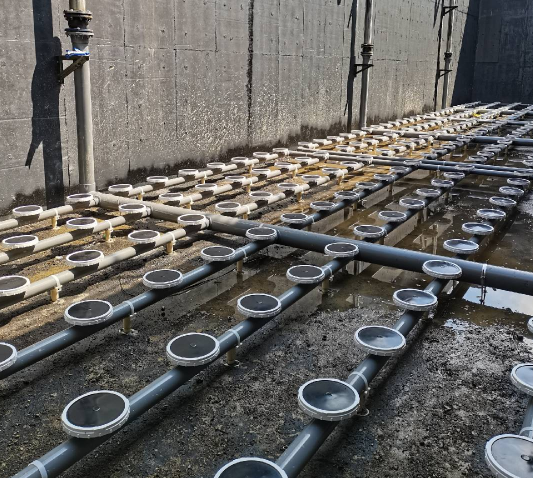
1. Material Science: Selecting Optimal Diffuser Membranes
1.1 Membrane Polymer Formulations
-
EPDM (Ethylene Propylene Diene Monomer):
-
Best For: Municipal wastewater, temperatures ≤45°C
-
Limitations: Hydrocarbon swelling (avoid oil/grease >50 mg/L)
-
Lifespan: 8-12 years
-
-
Silicone-EPDM Hybrids:
-
Best For: Industrial effluents with fats/oils; temp resilience (-20°C to 80°C)
-
Oxidation Resistance: 5× higher than standard EPDM
-
-
Polyurethane (PU):
-
Best For: High-purity oxygen systems, abrasive sludge
-
Pore Stability: Resists stretching but vulnerable to hydrolysis at pH>9
-
1.2 Reinforced Disc Construction
-
Stainless Steel Core Plates: Prevent warping under cyclic loading (≥3mm thickness)
-
Laser-Cut Orifice Patterns: Ensure uniform pore density (80-120 holes/disc)
-
Peripheral Sealing Gaskets: Nitrile rubber gaskets prevent air leakage at >2 bar
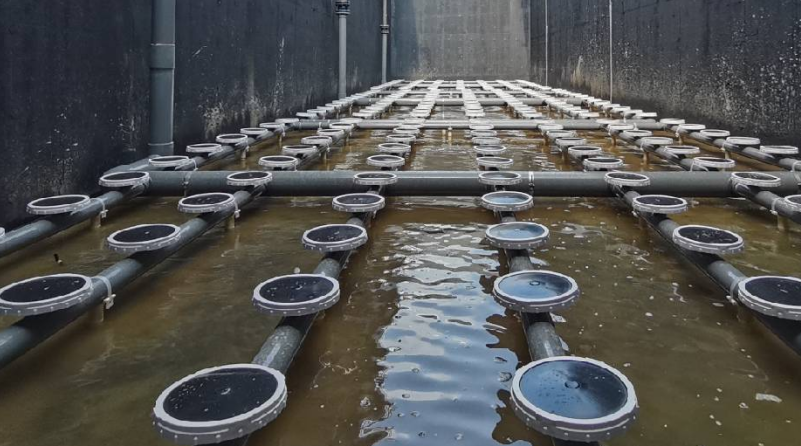
2. Hydraulic Design & Aeration Grid Engineering
2.1 Hydraulic Balancing for Uniform Airflow
-
Header Sizing: Maintain air velocity <6 m/sec in mains; use tapered headers for grids >50 discs
-
Lateral Pipe Slope: Minimum 1:100 gradient toward drain valves
-
Dynamic CFD Modeling: Essential for tanks with L:W ratio >2:1 to eliminate dead zones
2.2 Diffuser Layout Optimization
Table: Diffuser Spacing Guidelines by Tank Geometry
| Tank Configuration | Disc Spacing (mm) | Depth (m) | Airflow/Disc (Nm³/h) |
|---|---|---|---|
| Rectangular (Narrow) | 300-400 | 4.0-5.5 | 1.5-2.0 |
| Rectangular (Wide) | 450-600 | 5.5-7.0 | 2.0-3.5 |
| Circular | Radial: 300° coverage | 3.5-6.0 | 2.5-4.0 |
| Oxidation Ditch | Curved grid at 45° | 3.0-4.5 | 1.0-1.8 |
3. Operational Protocols for Peak Efficiency
3.1 Fouling Prevention & Cleaning
-
Biological Fouling Control:
-
Monthly 30-minute air scouring at 150% design airflow
-
Annual in-situ cleaning with 3% H₂O₂ (pH 3.5-4.0)
-
-
Inorganic Scaling Mitigation:
-
For hardness >300 mg/L CaCO₃: Install upstream CO₂ injection to stabilize pH at 7.0-7.5
-
Citric acid soaks (4 hours quarterly) for Ca/Mg scales
-
3.2 DO Control & Energy Optimization
-
Sensor Placement: 3 sensors per 100m² at 0.3×, 0.5×, and 0.7× depth
-
VFD-Compressor Syncing:
-
Maintain DO at 1.5-2.5 mg/L with ±0.3 mg/L hysteresis
-
Auto-adjust airflow when loading fluctuates >20%
-
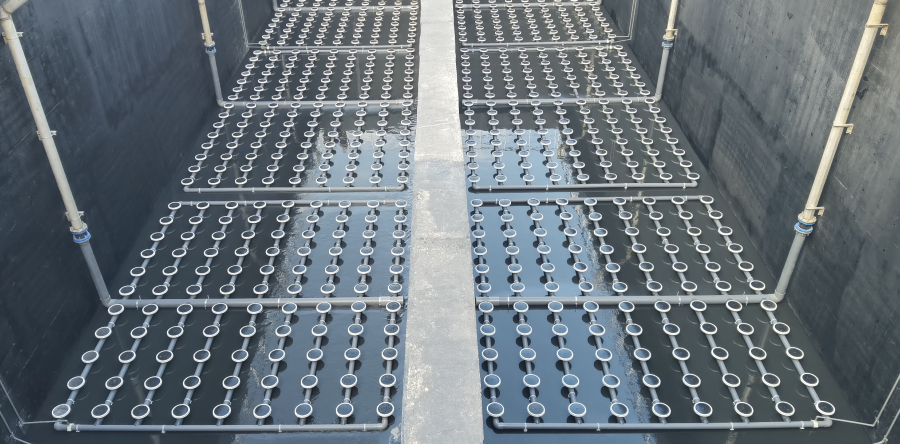
4. Failure Diagnostics & Maintenance Scheduling
4.1 Performance Degradation Indicators
| Symptom | Root Cause | Corrective Action |
|---|---|---|
| Rising header pressure | Membrane biofouling | Chemical cleaning + increased scour |
| Uneven bubble patterns | Gasket failure / core warp | Replace disc assembly |
| Localized DO depletion | Lateral valve blockage | Flush laterals; install strainers |
| OTE drop >15% | Pore enlargement | Membrane replacement cycle |
4.2 Predictive Maintenance Framework
-
Quarterly:
-
ΔP measurement across headers (max 10% increase)
-
Bubble size analysis (target 1-3 mm)
-
-
Biannual:
-
Membrane elasticity test (ASTM D412 compliance)
-
Tear resistance inspection (min. 25 N/mm)
-
5. Retrofitting Legacy Systems: Engineering Pitfalls
5.1 Coarse-to-Fine Bubble Conversion
-
Blower Upgrade Mandatory:
-
Existing PD blowers often lack turndown ratio for fine bubble control
-
Require multistage centrifugal/VFD units (40-80% turndown)
-
-
Density Compensation:
-
Fine bubbles increase oxygen dissolution but reduce mixing energy
-
Supplemental mixers needed if sludge settling velocity >0.8 m/h
-
Conclusion: Engineering Resilience into Aeration Systems
Fine bubble disc performance hinges on material compatibility, hydraulic precision, and adaptive control. By aligning polymer selection with wastewater chemistry, enforcing rigorous cleaning cycles, and leveraging real-time DO modulation, plants achieve sustained OTE >35% with 5+ year membrane lifespans.




